#SPACE/PLANETARY SCIENCE
Explore tagged Tumblr posts
Text
Clearest Image ever taken of Mars’ North Pole. Yes that’s water ice.
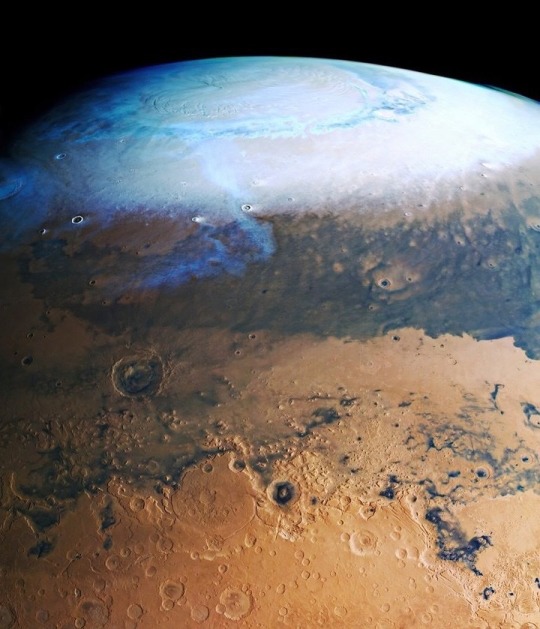
#mars posting#mars planet#water on mars#life on mars#mars#planet mars#astronomy#nasa#astronomers#universe#nasa photos#astrophotography#outer space#astrophysics#nasawebb#hubble space telescope#our universe#the universe#space exploration#space#science#space travel#space science#international space station#astronomy photography#i love astronomy#astronomy facts#astronomy picture of the day#planetary nebula#solar system
2K notes
·
View notes
Text

Did you know? Uranus is four times wider than planet Earth. And on this day in history in 1781, it was discovered by British astronomer William Herschel. He was using his telescope when he noticed an object in the sky. He thought it to be a star or comet, but within two years, other astronomers showed it was a new planet orbiting the Sun! Uranus, the third largest planet in our solar system, appears blue due to the methane in its atmosphere.
Fun fact: One Uranian year (a complete rotation around the Sun) takes about 84 Earth years to complete.
Image: NASA / Orange-kun, CC0, Wikimedia Commons (artist rendering)
#science#amnh#natural history#fact of the day#did you know#planets#uranus#on this day#astronomy#space#space exploration#cosmos#planetary science
417 notes
·
View notes
Text
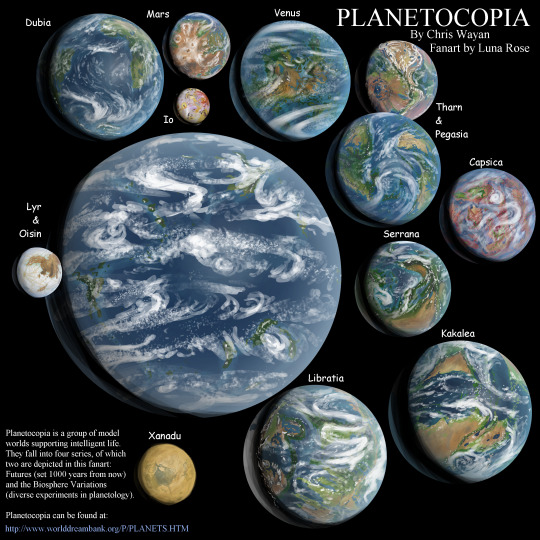
My interpretation of Chris Wayan's Planetocopia, a set of alien worlds that test the limits of planetary habitablity (and also, as it happens, alien furry design.)
Planetocopia can be found here.
The planetary science based design of Planetocopia has been a huge influence on my planet-scale worldbuilding style ever since I learned of it probably close to a decade ago.
These drawings were mostly done by projecting the planet maps onto an orthographic projection and then tracing the coastlines, with all other features done manually, but some of them were traced from the photos of the physical globe models, and Kakalea, Xanadu, and Serrana were done freehanded.
Cloudless version below the cut.

#Planetocopia#planet#space#space art#planet art#worldbuilding#planetary science#planetology#Earth#Mars#Venus#Io (moon)#Io#moon#habitable planet#astrobiology#fanart#digital painting#digital art#art#Dubia#Tharn#Pegasia#Lyr#Oisin#Xanadu#Libratia#Kakalea#Serrana#Anarres
333 notes
·
View notes
Text
NASA has launched the Europa Clipper spacecraft on an almost 10-year mission to learn whether conditions on Jupiter’s moon could sustain life in what scientists believe could be a deep ocean hidden beneath its icy surface. The spacecraft, which is supposed to travel 3 billion kilometres (1.8 billion miles), was launched on Monday on board SpaceX’s Falcon Heavy rocket from a NASA facility on Florida’s east coast.
Continue Reading.
#Science#Space#Astronomy#Planetary Science#Jupiter#Europa#Europa Clipper#NASA#National Aeronautics and Space Administration
384 notes
·
View notes
Text
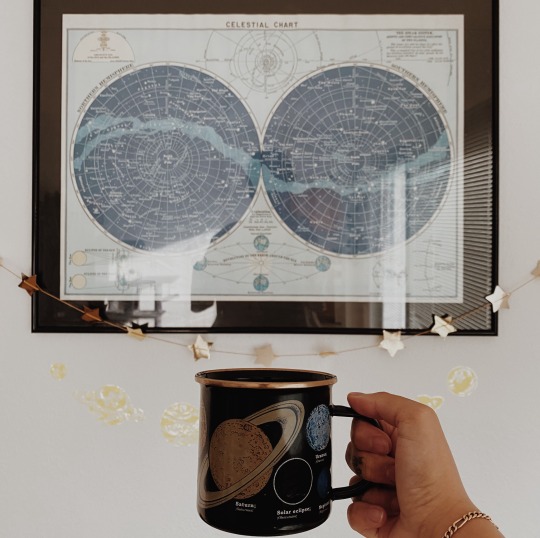



child of the universe, lost in space and time, only a fragment of light, made of stardust ⭐️ reblog is ok, don’t repost/use
#my photos#books#space#outer space#space books#stemblr#stem academia#stars and moon#planet saturn#planetary science#planetary nebula#journal#journaling#writing poetry#writing#writeblr#studyblr#studyblog#studyspo#study motivation#quiet life#self study#light academia#light academia aesthetic#light aesthetic#academia#bookblr#bookblog#book lover
548 notes
·
View notes
Text

Bob Eggleton
154 notes
·
View notes
Text

🔭
93 notes
·
View notes
Text

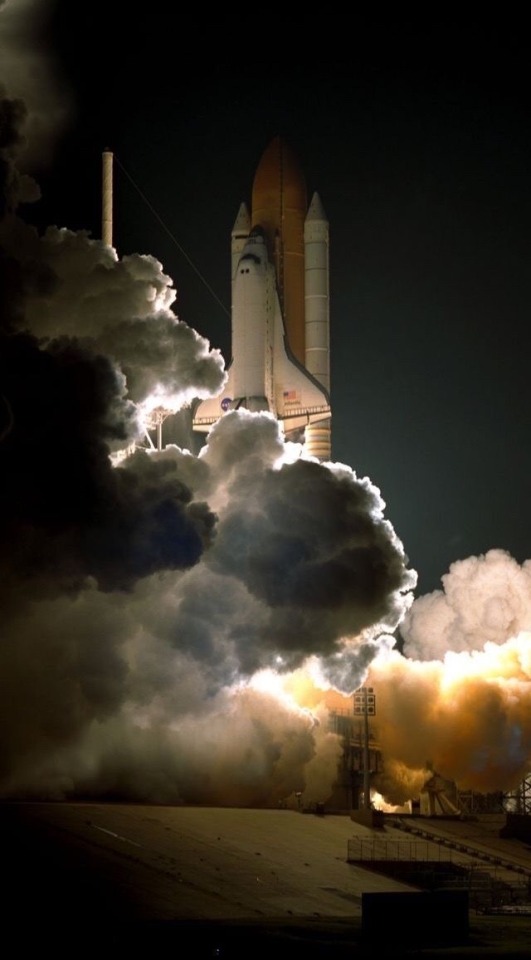







Space/Astronomy Mood board
#moodboard#moodboard account#moodboard aesthetic#aesthetic#outer space#space#pinterest#space aesthetic#blogging#studyspo#astro community#astro observations#astronomy#astrophotography#astroblr#astronaut#astro notes#astrophysics#coquette core#girlblogging#girl core#study#dark academia#photographers on tumblr#photography#space exploration#light academia#study motivation#planetary science#tumblr girls
189 notes
·
View notes
Text
The celestial object of the day is TOI-1338b, unofficially known as Wolftopia!


This planet orbits around two stars, causing irregularities in its orbit, making it vary between 95 and 93 days. Although its orbit will keep being stable for another ten million years, its angle towards us will change, meaning that we can't see another transit until 2031.
#Image credit: NASA#I wish I could be more specific with the credits but I can't find the original author anywhere#if someone knows please tell me#Aaand fun fact: wolftopia has a planetary sibling#Called BEBOP-1c#I love acronyms ♡♡#astronomy facts#astronomy#astrophotography#outer space#space#nasa#nasa photos#science#space exploration#space photography#celestial object of the day#TOI-1338b#exoplanets#Wolftopia
148 notes
·
View notes
Text
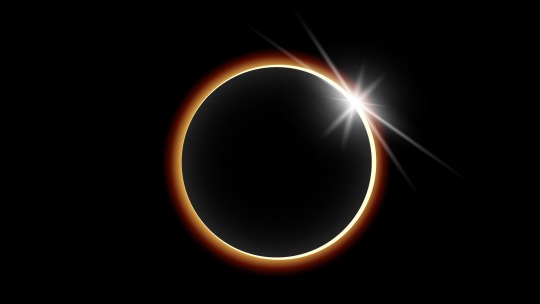
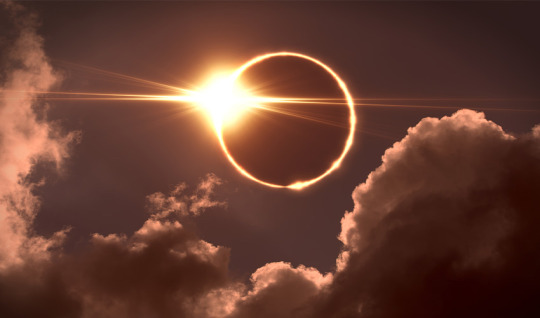
(NEW UPDATE WITH PHOTOS) Send us your best photos!
Absolutely beautiful! I hope everyone took this in! Makes you think just how small we are. A moment the world comes together as one! That’s true humanity . We will be uploading more amazing photos to this same post. So come back later on and check out our 2024 once in a lifetime eclipse photos.
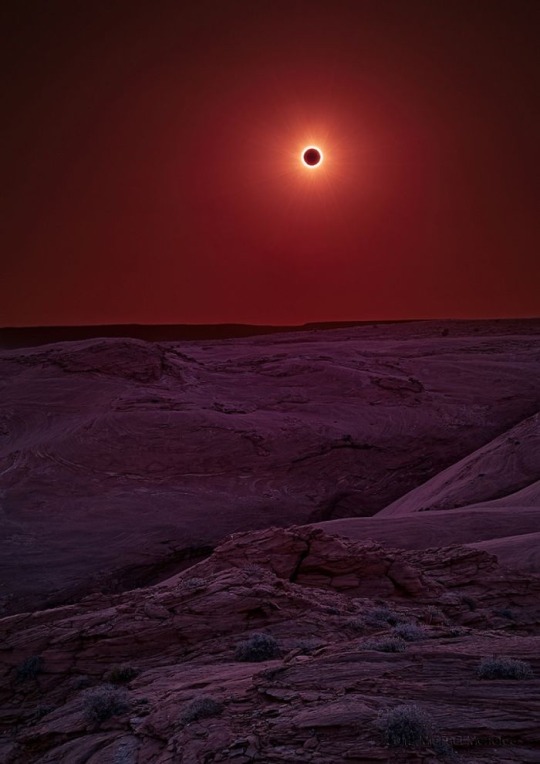
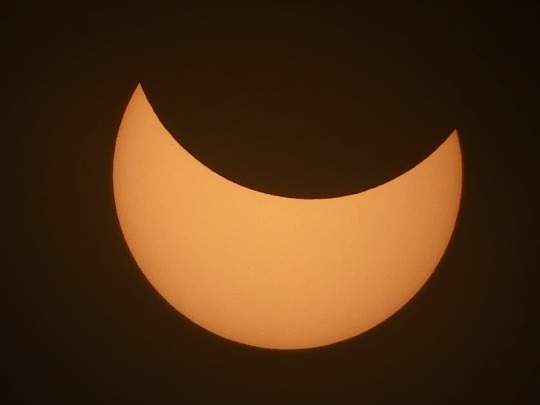

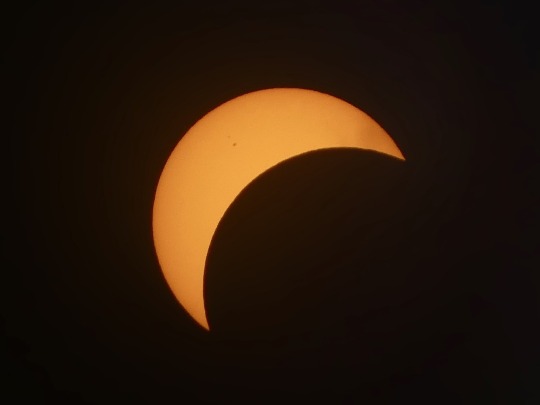

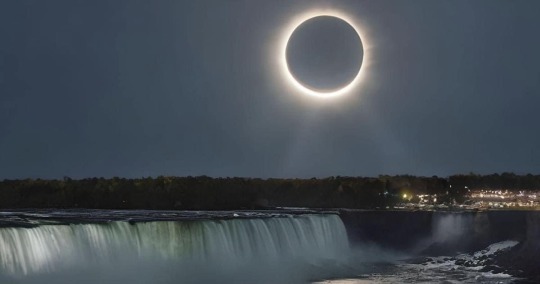
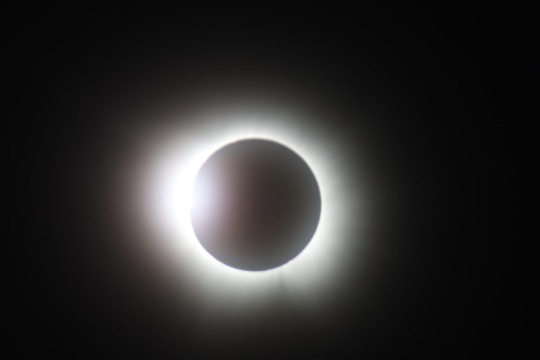
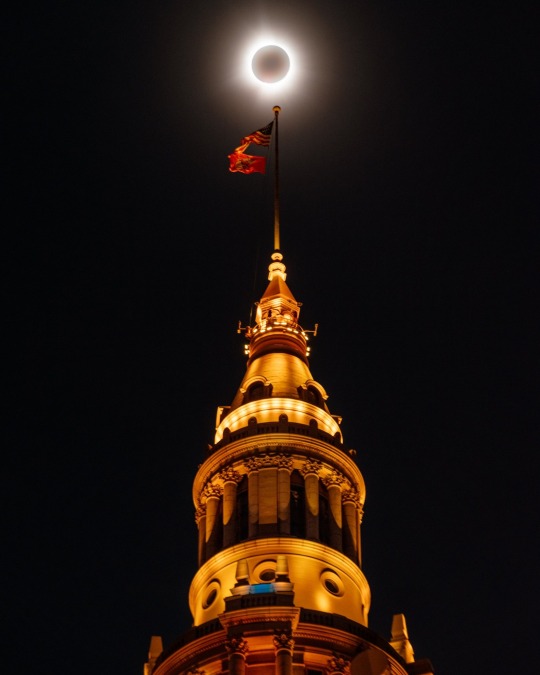
#solar eclipse#eclipse 2024#2024#astronomy#astronomers#nasa#universe#astrophotography#nasa photos#astrophysics#outer space#nasawebb#hubble space telescope#i love astronomy#astronomy facts#astrography#astrobiology#astronauts#astro community#space program#planetary science#planetary nebula#international space station#space exploration#space#science facts#space science#sci#astro notes#astro observations
6K notes
·
View notes
Text
When the Hayden Planetarium opened in October 1935, it was only the fourth planetarium in the United States. Nearly a century later, the Museum is still bringing audiences the latest science about our cosmos. Visit the Hayden Planetarium and the Rose Center for Earth and Space to learn about the 13-billion-year history of the universe!
#science#amnh#museum#nature#natural history#fact of the day#did you know#natural history museum#museum of natural history#things to do in nyc#space#astronomy#planetary science#planetarium#nyc museums#cleaning#cleancore#vacuum
541 notes
·
View notes
Text

The satellite planets of the gas giant Omen, as well as its largest coorbital: Gymnome, Eaurp Guz's homeworld and the setting of Train Puzzle dot exe.
Oldsky, Lake, and Rival are all also known to have life, with Oldsky having a biosphere that is as fully developed as Gymnome.

The orbits of the moons of Omen. The periods are +25.3 hours, +50.7 hours, -174 hours, +236 hours, and +628 hours. Notably, the largest moon, Oldsky, is an obviously captured satellite in a retrograde orbit, but it is thought that Rival and Wanderer are captured satellites as well, with the only surviving original moons of Omen being the three dead-comet-like inner regular moons, which have 7-10 hour periods, as well as Spark and Lake, though the latter have likely been altered at some point in their history by collisions with protoplanets from the inner Zwo-nmu Star System.

The horseshoe orbit of Gymnome wrt Omen.

Scale comparison.
#Worldbuilding#Mellanoid Slime Worldbuilding#Oldsky#Mellanus#Gymnome#Train Puzzle#Planet#space#space art#sci art#moon#moons#gas giant moons#gas giant#science fiction#sci fi#solar system#planetary science
54 notes
·
View notes
Text
Humanity may not be extraordinary but rather the natural evolutionary outcome for our planet and likely others, according to a new model for how intelligent life developed on Earth.
The model, which upends the decades-old "hard steps" theory that intelligent life was an incredibly improbable event, suggests that maybe it wasn't all that hard or improbable. A team of researchers at Penn State, who led the work, said the new interpretation of humanity's origin increases the probability of intelligent life elsewhere in the universe.
"This is a significant shift in how we think about the history of life," said Jennifer Macalady, professor of geosciences at Penn State and co-author on the paper, which was published Feb. 14 in the journal Science Advances.
Continue Reading.
215 notes
·
View notes
Text

Detail of a bigger piece for my new book, Ergo Cosmos: "The voracious appetite of the Martian Dolphins has inspired numerous moral fables, some exceedingly strange, perhaps alluding to a secret bond between lust and mathematics." I will post the free first chapter of the book in the comments!
#artists on tumblr#fantasy#fantasy illustration#fantasy creature#mythical creatures#creature design#scifi illustration#sci fi and fantasy#space opera#planetary romance#illustration#science fantasy#fantasy art#retro scifi#ink#medieval fantasy#fantasy world#magic
31 notes
·
View notes
Text
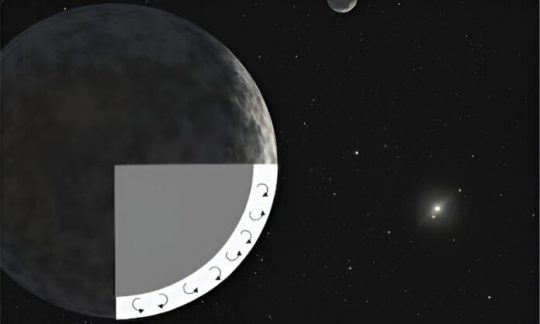

Dwarf planet Eris is ‘squishier’ than expected
University of California, Santa Cruz Professor of Planetary Sciences Francis Nimmo recently co-authored a Science Advances paper about the internal structure of the dwarf planet Eris. Eris is about the size of Pluto but around 50% farther from the sun. The discovery of Eris in the Kuiper Belt beyond Neptune in 2005 prompted the debate that ultimately reclassified Pluto as a dwarf planet. It was an interest in Pluto that drew UC Santa Cruz researcher Francis Nimmo to study Eris. Nimmo was visiting Michael Brown—one of the discoverers of Eris—at the California Institute of Technology about six months ago and realized some of Brown’s new, unpublished data could help reveal information about the properties of Eris. The two worked on models for the next several months and published their results in a Science Advances paper. Two main pieces of information led to their results. The first important clue is that Eris and its moon, Dysnomia, always face the same way toward each other. The main, unexpected result of Nimmo and Brown’s model is that Eris is surprisingly dissipative, or “squishy”...
Read more: https://charmingscience.com/dwarf-planet-eris-is-squishier-than-expected/
#eris#planetoids#dwarf plants#planets#planetary science#science#space science#astronomy#physics#geophysics#space#Pluto
268 notes
·
View notes
Text

The Western Sectors
Garm has three new space-faring factions for you to inject into your campaign.
→ You can grab their lore and tokens in our new blog post!
#ttrpg#tabletop#dungeons and dragons#dnd#dungeons & dragons#d&d#d&d5e#pathfinder#gurps#rpg#top-down#battle map#map#cartography#encounter#geomorph#space#scifi#science fiction#alien#species#planet#planetary#space travel#spaceship#starship#quest
31 notes
·
View notes